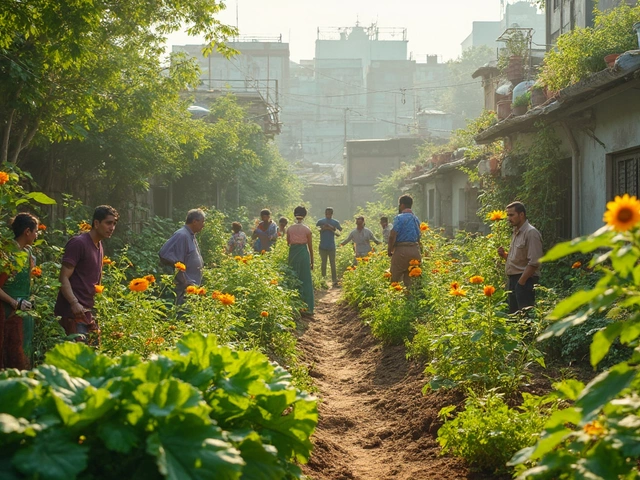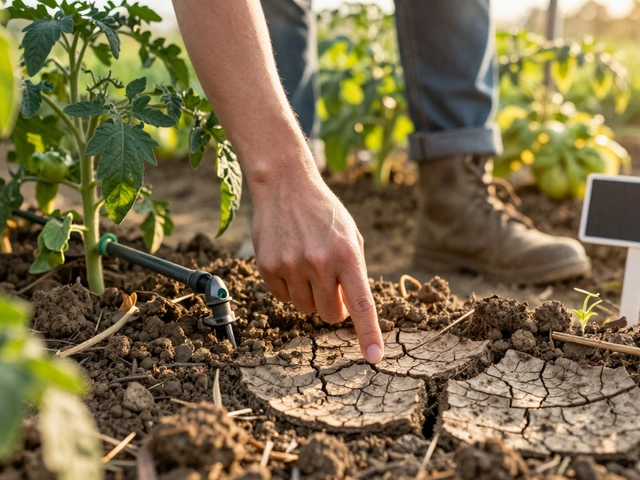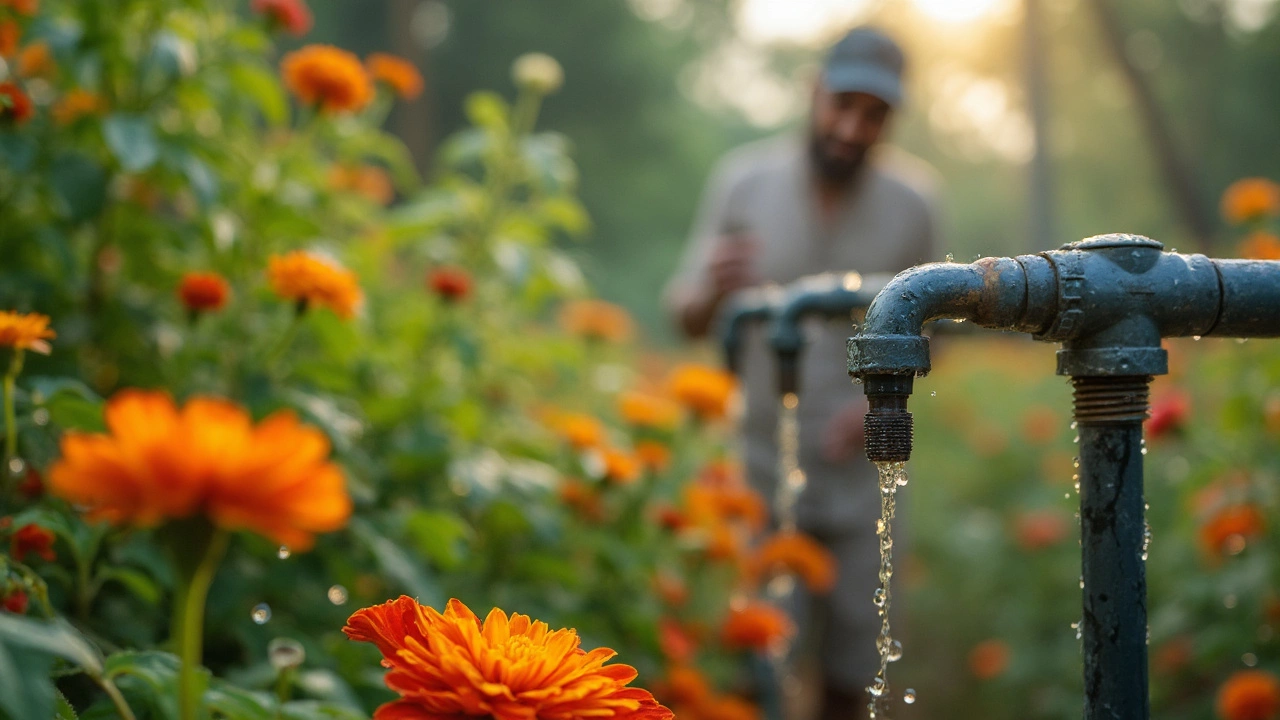Drippers – Your Quick Guide to Smarter Garden Watering
If you’re tired of soggy patches or thirsty corners, drippers might be the fix you need. They deliver water right where the roots drink, cutting waste and keeping plants happy. Let’s walk through the basics, so you can decide if drippers fit your garden and how to get them working fast.
Why Choose Drippers Over Traditional Sprinklers?
Traditional sprinklers spray water over a wide area, which often leads to evaporation, runoff, and uneven moisture. Drippers, on the other hand, release a slow, steady stream directly into the soil. This means less water loss, lower bills, and healthier roots. Plus, you can customize flow rates for each plant type – from thirsty veggies to delicate flowers.
Getting Started: Simple Steps to Install Drippers
First, map out where you need water. Sketch a line along your plant rows and mark each spot that needs a dripper. Next, pick a drip tubing that suits your garden size; ½‑inch tubing works for most home setups. Cut the tube, lay it on the ground, and use a punch tool to make holes for the drippers. Slip a dripper into each hole, secure with a pin, and connect the tube to a pressure regulator and timer. Turn the water on low, check each dripper for leaks, and you’re ready to go.
Choosing the right dripper size matters. A 1‑liter‑per‑hour (LPH) dripper is perfect for small herbs, while a 4‑LPH model works for larger shrubs. If you have mixed plant sizes, consider a manifold with adjustable emitters – you can fine‑tune flow without changing the whole system.
Timing is another game‑changer. Most gardens need 30‑60 minutes of watering a few times a week, but local climate and soil type can shift that. Use a timer to water early morning or late evening; this reduces evaporation and helps plants absorb moisture before the heat kicks in.
Maintenance is easy. Every few months, flush the tubing with a burst of water to clear any clogs. If you notice a dripper sputtering, gently pull it out, clear debris, and re‑insert. A quick check of the filter at the system’s start can save you headaches later.
Beyond water savings, drippers lower weed growth. Since only the planted area stays moist, surrounding soil stays dry, stopping weed seeds from sprouting. This cuts down on weeding time and keeps your garden tidy.
Ready to try drippers? Start small with one row, test the flow, and expand as you gain confidence. You’ll see greener leaves, fatter veggies, and a lighter water bill in no time.
How Many Drippers Can I Run on One Line? Drip Irrigation Limits Explained
Ever wondered how many drippers you can actually hook up to a single drip line before it all goes sideways? This guide breaks down the real limits with simple math, practical examples, and hands-on tips. Discover how flow rate, water pressure, and line length impact your setup. Learn the mistakes people make and how to dodge them, so your plants get the right amount of water every time. Set your system up the right way the first time, without the guesswork.
About
Drip Irrigation
Latest Posts


Make a Large Yard Feel Cozy: Terrace Gardening Tips That Work
By Alden Thorne Jun 17, 2025

Should I Run Drip Irrigation Every Day? Here’s What Actually Works
By Alden Thorne Dec 9, 2025

Indian God of Vegetables: Myth, Meaning, and Tips for Better Gardening
By Alden Thorne Apr 26, 2025

